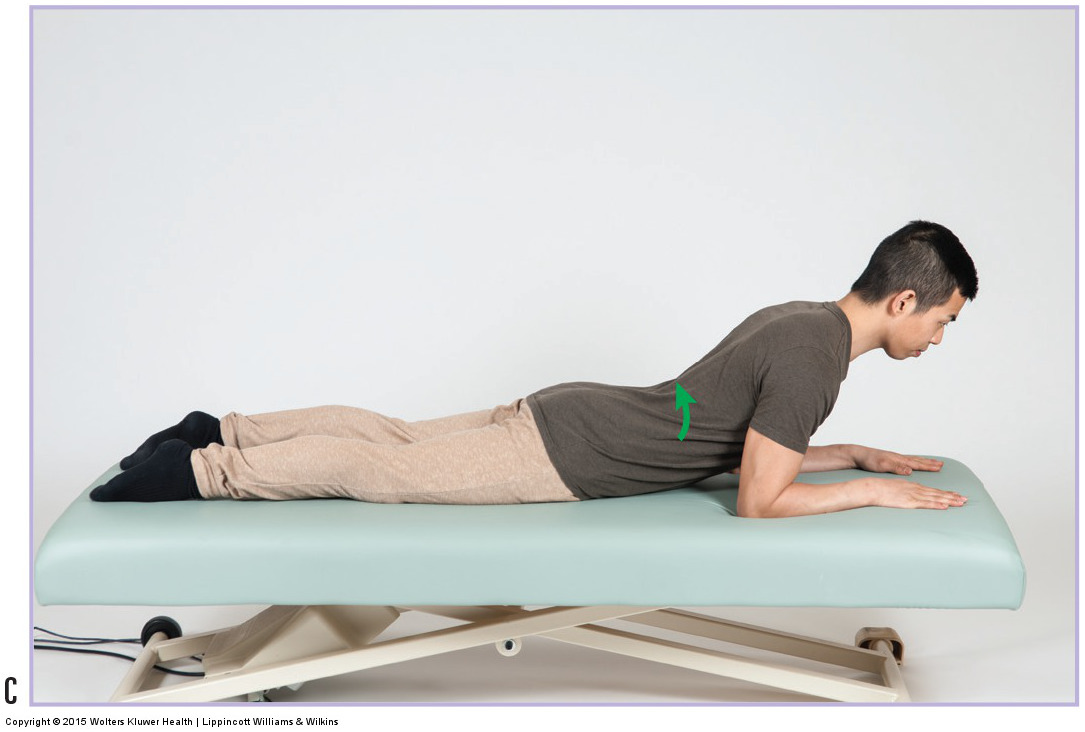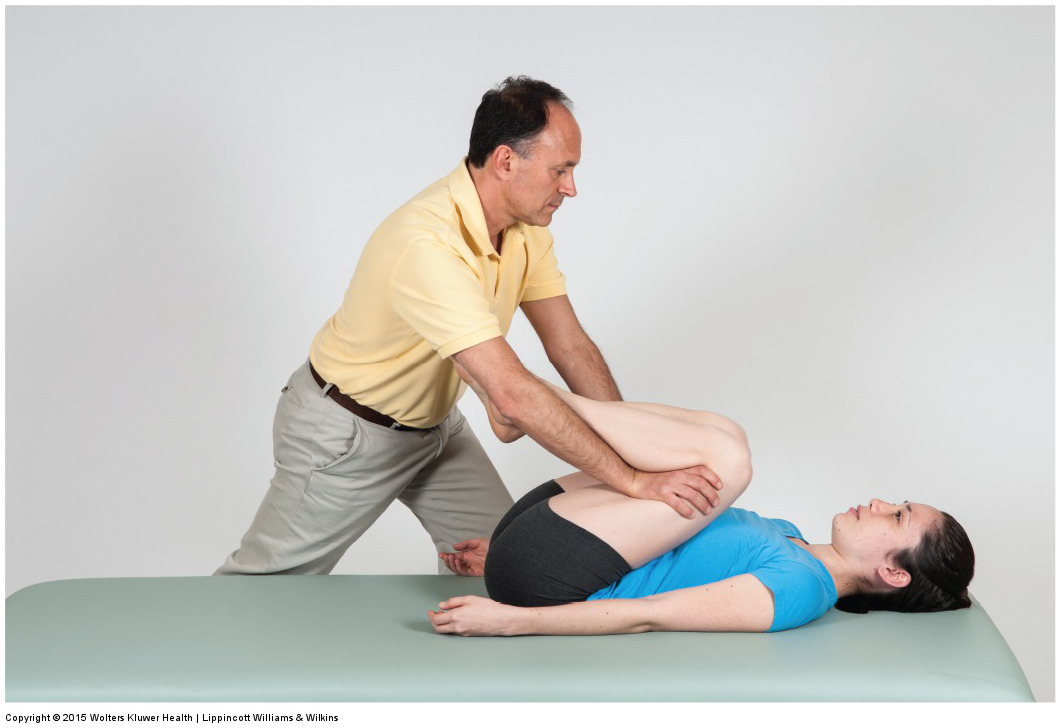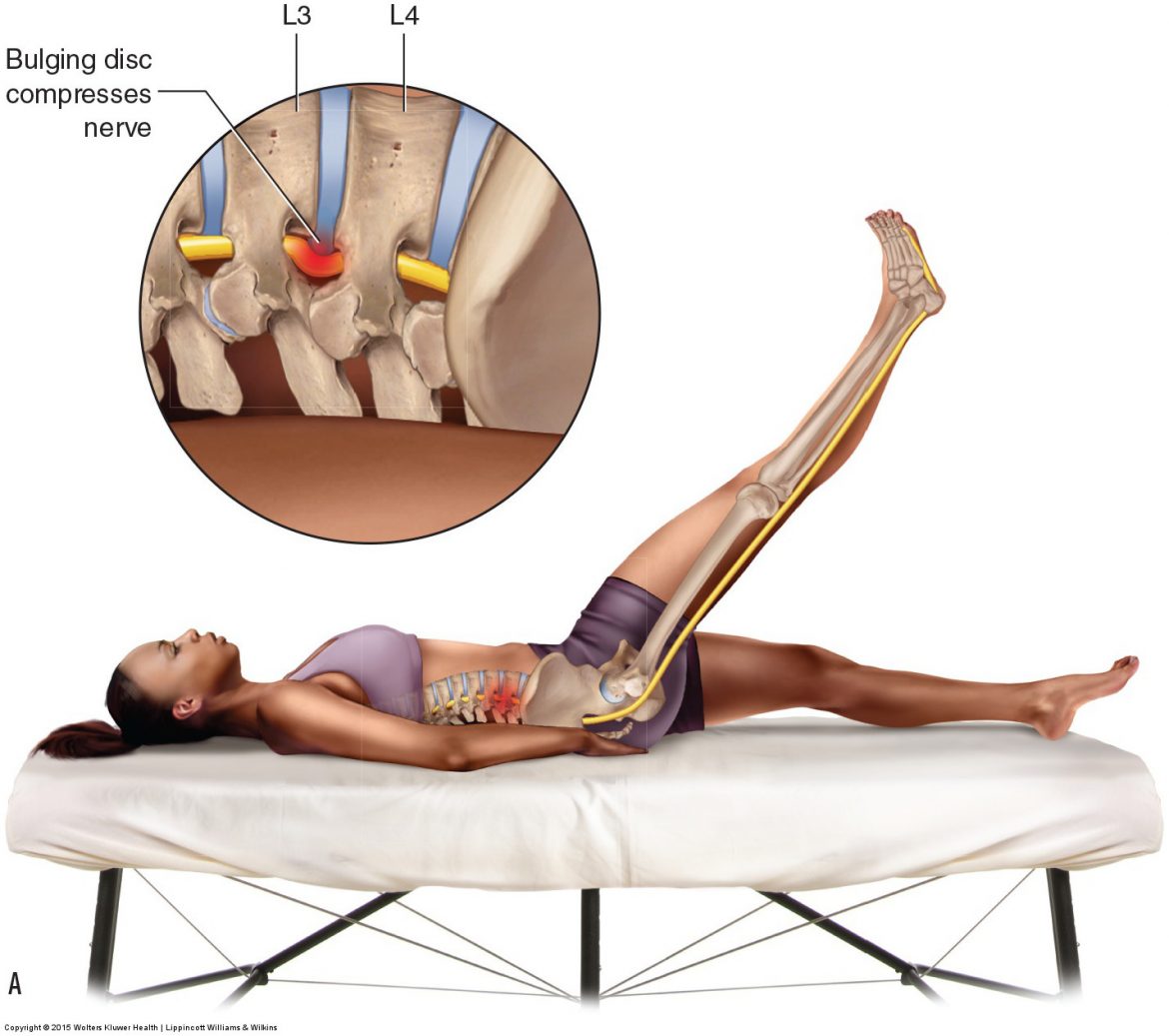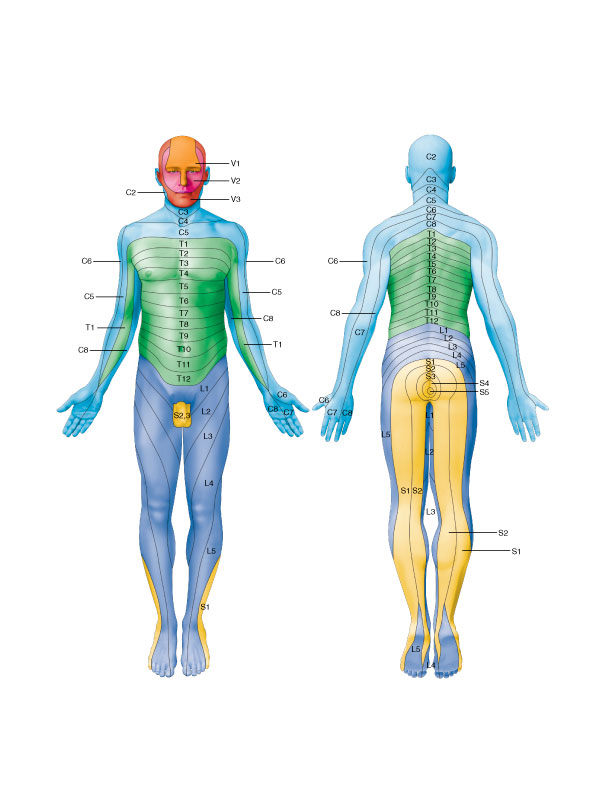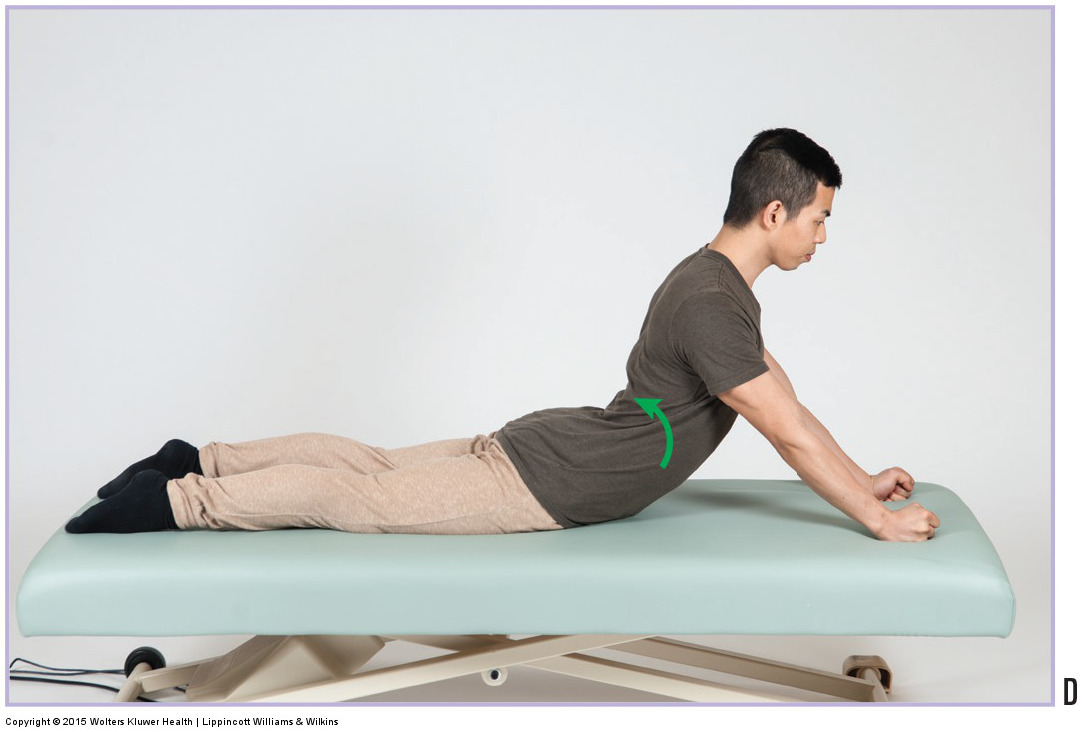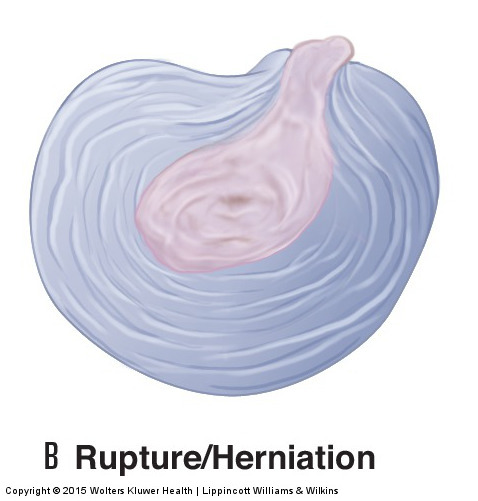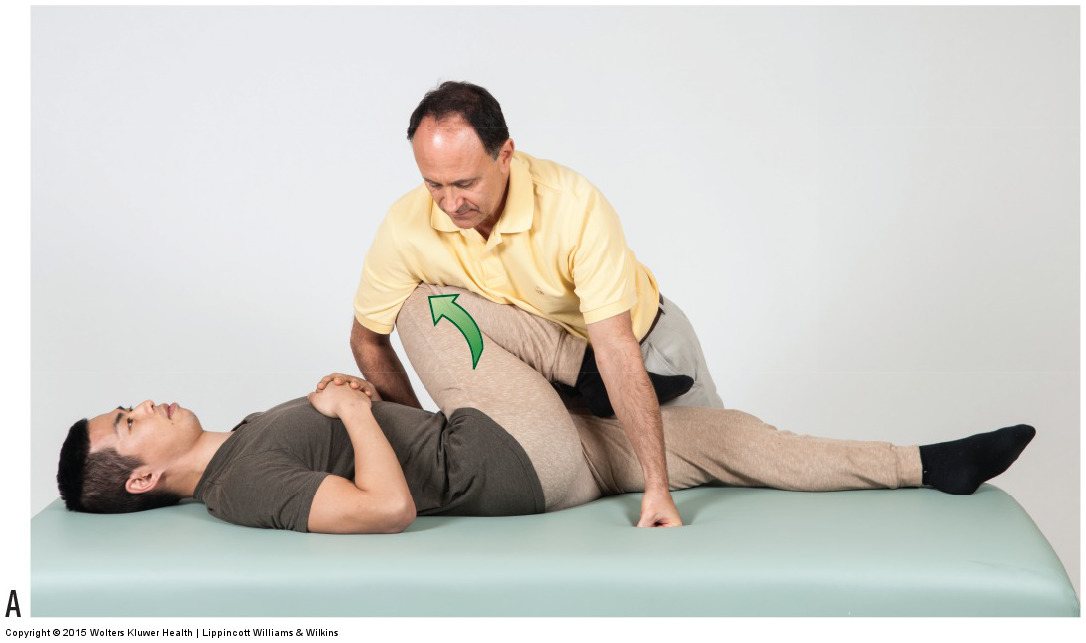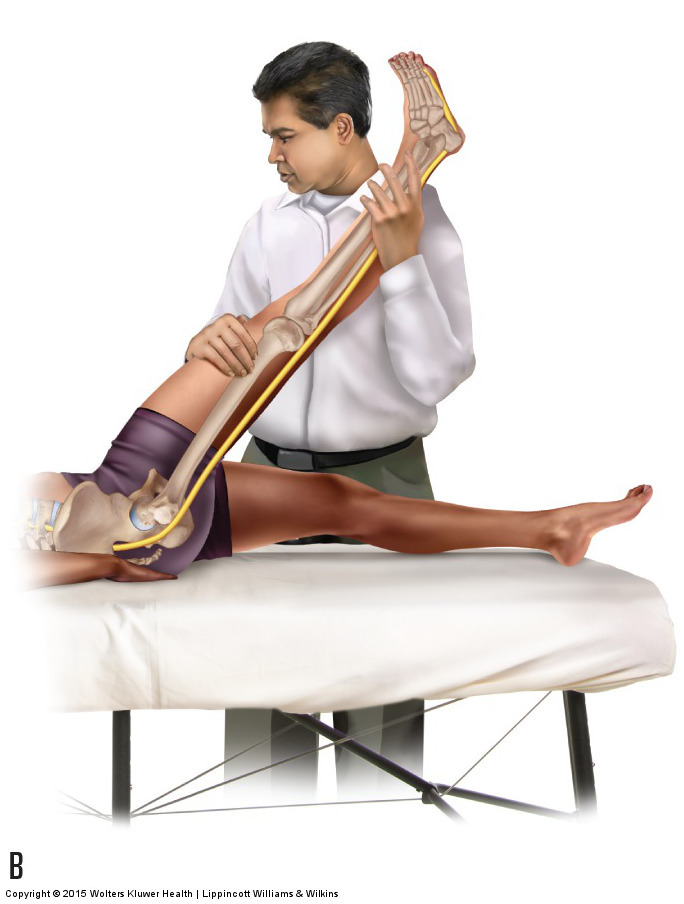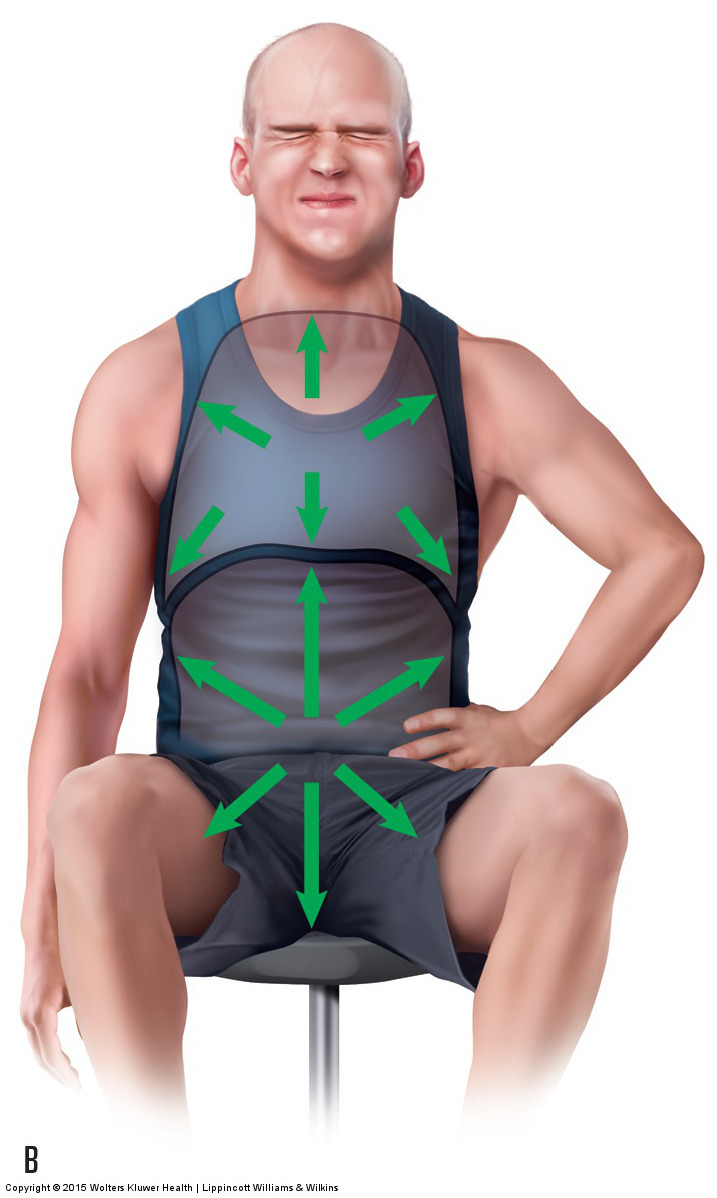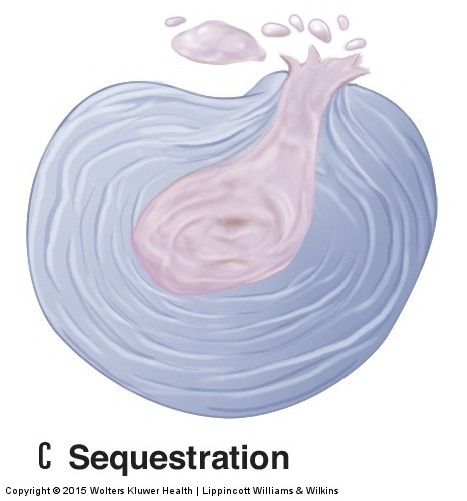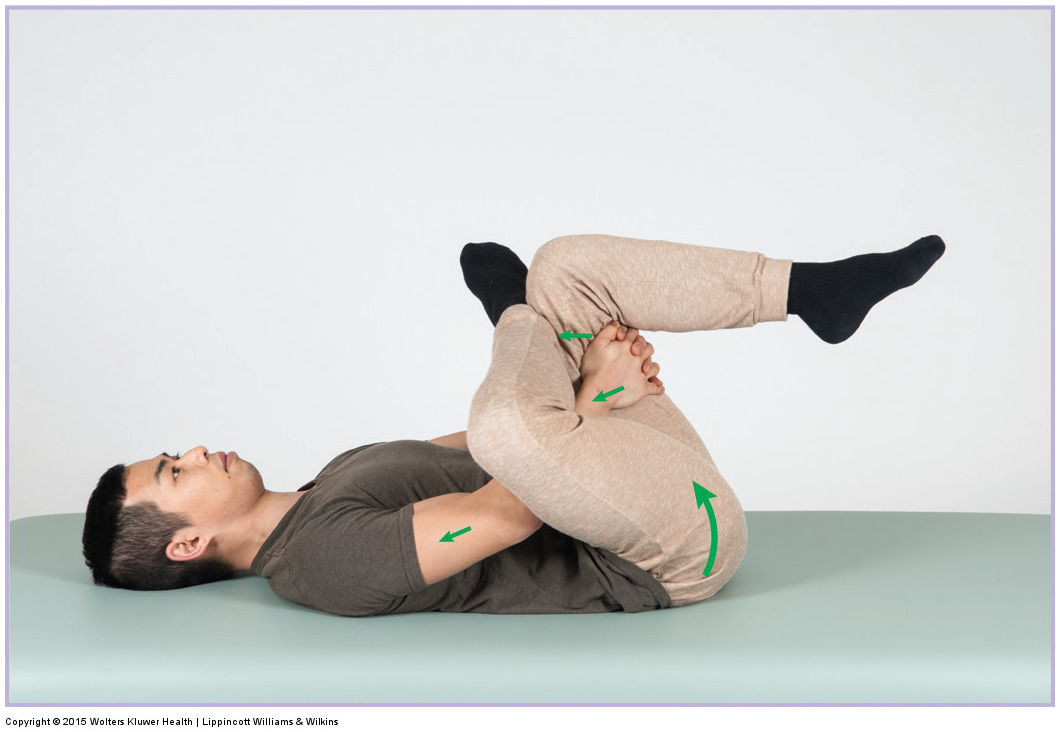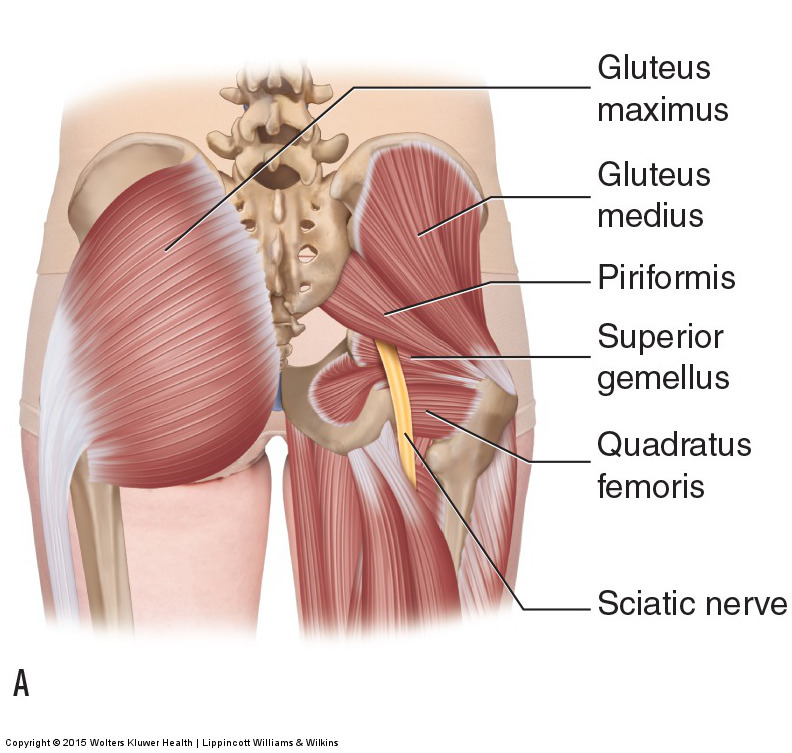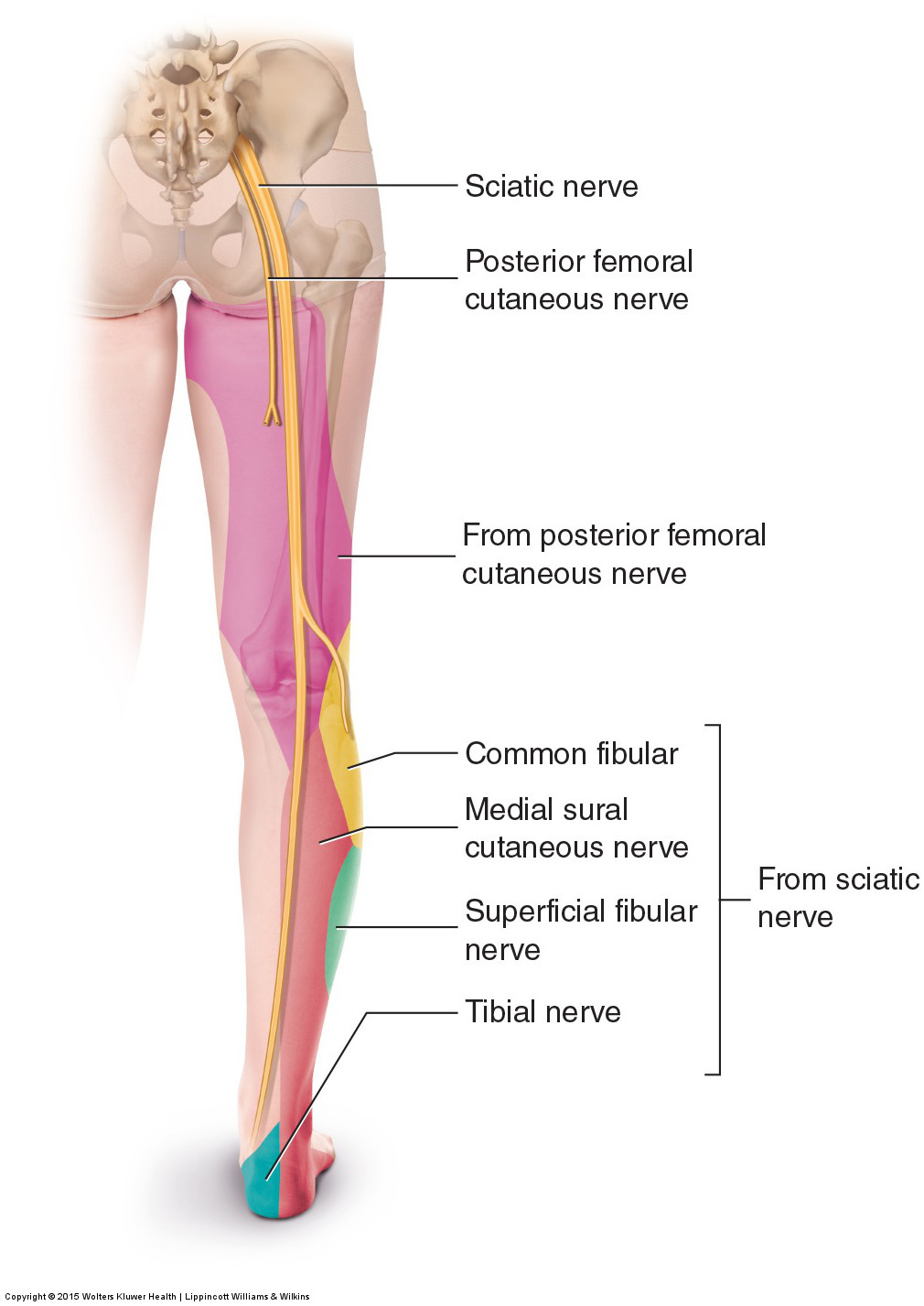The therapist’s session consisted of moist heat, soft tissue manipulation, and stretching to the low back with double knee to chest stretch performed with agonist contract technique and stretching the left side of the low back with Armin side-lying on his right side.
How do we treat sciatica with manual therapy?
It is necessary to determine what condition is causing the sciatic nerve compression and address that. If the cause is a pathologic disc, then addressing factors that affect disc compression is appropriate.
How do we assess (diagnose) a client with sciatica?
Successful assessment/diagnosis of sciatica depends upon successfully assessing the underlying cause of the sciatic nerve compression.
What are the signs and symptoms of sciatica?
The exact location of the symptoms of sciatica would be determined by which neurons are compressed; in other words, which nerve root level is affected (from L4 to S3), and whether they are sensory or motor neurons.
What is sciatica?
Sciatica is a condition in which the sciatic nerve is compressed, causing referral symptoms (often pain or numbness) into the lower extremity. The referral symptoms can be sensory and/or motor depending on whether sensory or motor neurons are compressed.
Back Extension McKenzie Exercises Effect on Disc Fluid
The authors concluded that little evidence was found supporting the hypothesis that extension McKenzie exercises affect disc fluid content.
Brief Review of Assessment and Treatment of Low Back Conditions
The following is a brief overview that links the low back condition with its corresponding assessment procedure and its corresponding treatment.
Piriformis Stretch Orthopedic Assessment Test for Piriformis Syndrome
The piriformis stretch test is used to assess piriformis syndrome, that is, compression of the sciatic nerve by the piriformis.
Straight Leg Raise Tests for a Space-Occupying Lesion
Both active straight leg raise and passive straight leg raise tests are designed to tension the sciatic nerve to assess a space-occupying lesion.
Cough Test and Valsalva Maneuver Orthopedic Assessment Tests
Cough test and Valsalva maneuver are designed to increase intrathecal pressure, or pressure on the spinal nerves in the intervertebral foraminal spaces.
Piriformis Syndrome
Piriformis syndrome is a condition in which the piriformis muscle compresses the sciatic nerve, causing symptoms of sciatica into the lower extremity.
Pathologic Disc Conditions of the Lumbar Spine and Sciatica
A pathologic disc can compress the sciatic nerve resulting in sciatica. Although any pathologic disc is potentially serious.
What are the self-care and medical approaches to piriformis syndrome?
Self-care for piriformis syndrome involves heat followed by stretching. The client can perform either the Figure-4 or the horizontal adduction stretch.
What is piriformis syndrome and what are its causes?
Piriformis syndrome occurs when a tight piriformis muscle compresses against the sciatic nerve, causing symptoms of sciatica into the lower extremity.
What are the signs and symptoms of a pathologic disc?
A herniated disc in the neck refers symptoms into the upper extremity. A herniated disc in the low back refers symptoms into the lower extremity (sciatica).

